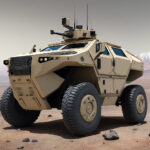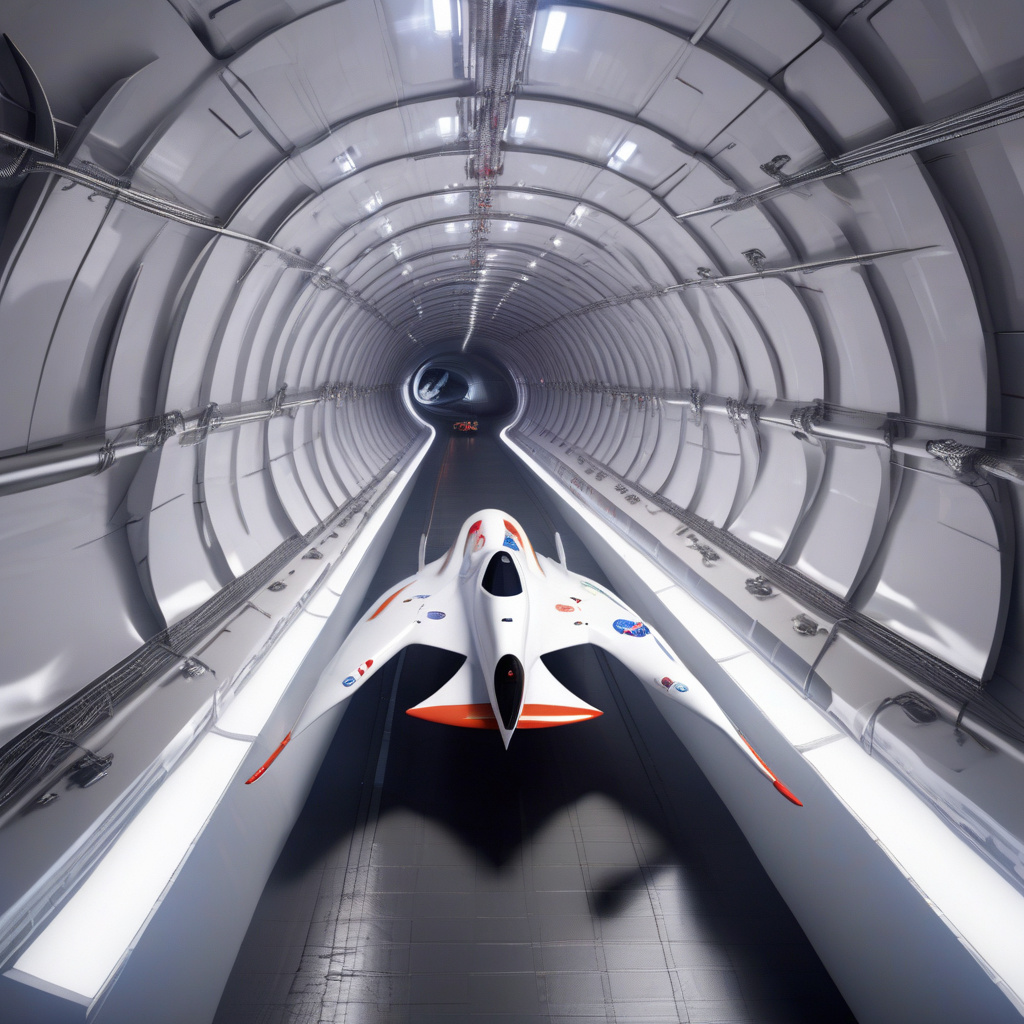NASA and JAXA Collaboration: Mini X-59 Jet Hits 925 mph in Tokyo Tunnel
Researchers from NASA and the Japanese Aerospace Exploration Agency (JAXA) have completed a fresh round of groundbreaking tests in Japan, marking a significant milestone in supersonic travel technology. The collaboration between the two agencies has led to the successful testing of a mini X-59 jet, which achieved a remarkable speed of 925 mph in a Tokyo tunnel.
The mini X-59 jet is a prototype aircraft designed to reduce the deafening sonic booms typically associated with supersonic flight. With its innovative design and advanced engineering, the X-59 aims to revolutionize the future of air travel by making supersonic flights quieter and more efficient.
This recent test in Japan represents a crucial step forward in the development of supersonic travel technology. By conducting high-speed tests in a controlled environment, researchers can gather valuable data on the aircraft’s performance and capabilities. These tests are essential for ensuring the safety and reliability of supersonic aircraft before they are cleared for commercial use.
One of the key objectives of the NASA-JAXA collaboration is to address the challenges associated with supersonic flight, particularly the disruptive sonic booms that restrict supersonic travel over land. The X-59’s innovative design aims to minimize these sonic booms, opening up new possibilities for supersonic travel routes and reducing travel times across the globe.
The successful test flight of the mini X-59 jet in the Tokyo tunnel demonstrates the effectiveness of NASA and JAXA’s joint efforts in pushing the boundaries of aviation technology. By harnessing the expertise and resources of both agencies, researchers have been able to accelerate the development of supersonic travel technology and overcome key obstacles in the field.
In addition to its potential impact on commercial air travel, the advancements made in supersonic technology through the NASA-JAXA collaboration could also have significant implications for military and defense applications. The ability to travel at supersonic speeds with reduced noise levels could enhance military aircraft performance and stealth capabilities.
As the mini X-59 jet continues to undergo testing and refinement, the future of supersonic travel looks increasingly promising. With each successful test flight, researchers move one step closer to realizing the vision of quiet and efficient supersonic air travel for passengers around the world.
The collaboration between NASA and JAXA serves as a shining example of international cooperation in the pursuit of scientific and technological advancement. By pooling their expertise and resources, the two agencies have been able to achieve remarkable progress in the field of supersonic travel, paving the way for a new era of aviation innovation.
In conclusion, the recent test of the mini X-59 jet in Japan represents a significant milestone in the development of supersonic travel technology. With its potential to revolutionize the aviation industry and open up new possibilities for air travel, the X-59 stands as a testament to the power of collaboration and innovation in shaping the future of flight.
#NASA, #JAXA, #supersonictravel, #aviationinnovation, #futureofflight












